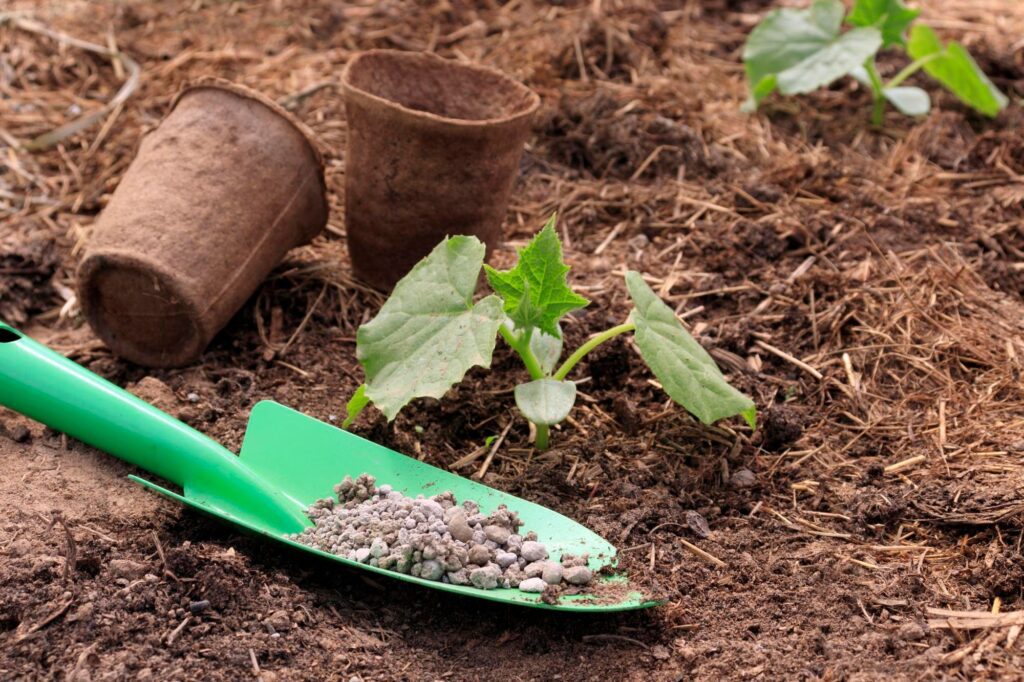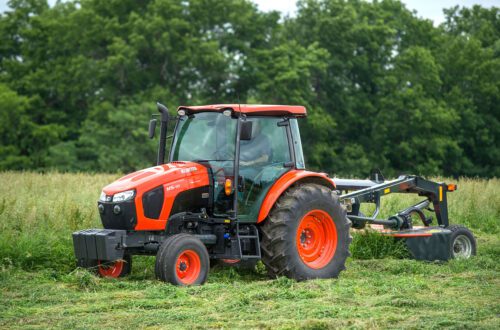In the Weeds? 7 Strategies to Tame the Weeds in Your Garden
Gardening is a peaceful and fulfilling hobby, but nothing ruins the serenity of a garden like pesky weeds popping up all over the place. Weeding can quickly become a frustrating and endless task, but don’t give up just yet! There are many strategies you can use to tame even the most stubborn weeds in your garden. Read on to learn some tried and true tips for achieving a weed-free paradise!

Know Your Enemy
The first step in taming your weeds is to identify exactly what you’re dealing with. Different types of weeds require different control strategies. For example, Dandelions are easily removed by hand, but Creeping Charlie requires a weed killer. By learning about the specific weeds in your garden, you can choose the right method of control.
Some other common weeds that can be pesky in a garden are crabgrass, thistle, oxalis, and bindweed. Crabgrass is an annual weed with wide-spreading leaves. It’s best controlled by preventing it from forming seed heads each year. Thistle is a deep-rooted perennial weed that can spread quickly.
Oxalis looks like clover, but its leaves are tinged with a purple hue and it spreads rapidly in moist soil. Finally, bindweed is a vine-like weed that can be difficult to remove because of its tenacious roots. All of these weeds require specific methods of control in order to effectively rid them from the garden, so it’s vital to know what you’re dealing with so you can plan for it.
Start Looking for Weeds in the Garden Early
It’s important to stay on top of weeding before the problem gets out of hand. Inspect your garden regularly for new growth and remove any weeds as soon as you notice them. The earlier you remove weeds, the less established they are and the easier they are to control.
Weeds can be hard to spot early on since they often look like regular garden plants initially. However, with a keen eye and some knowledge of what to look for, you can detect weeds in their early stages. To identify a weed in its earliest state, inspect your garden for any plant that is growing more quickly than the surrounding vegetation or has foliage slightly different from the actual plants in your garden. Weeds also tend to grow in clusters, so if you’re seeing multiple plants of the same type in one area, this could be a sign of an unwanted weed.
Manual Weeding
The first and most obvious solution to weed control is manual weeding. This involves pulling the weeds from the soil by hand with a good pair of garden gloves. This option is cheap, quick, and effective if the weeds are caught early on. However, some weeds have deep roots and can grow back in full force even after a successful manual weeding session. Be sure to get as much of the root as possible when pulling out weeds.
The best way to dispose of weeds is to remove them from your garden and place them in a compost heap. This will not only keep the weeds away from your garden but also provide important nutrients back into the environment. Composting is an effective way to recycle organic matter while providing food for beneficial microorganisms. Additionally, it can help improve the soil structure of your garden. When disposing of weeds, be sure to wear gloves to protect yourself from any potential irritants in the plants.
Pro tip: avoid leaving the weeds on pathways or areas where they can spread their seeds and create more problems for you down the road.
Invest in Quality Weeding Tools
When it comes to weeding, using the right tools is paramount. Long-handled hoes or cultivators are ideal for shallow-rooted annual weeds. For the hard-to-control weeds, use a hand trowel or dandelion digging tool. These tools allow you to dig out the roots of the weed entirely. Whichever tool you choose, make sure it’s of high quality for durability and efficacy.

Quality weeding tools can be found at most garden centers or online retailers. When selecting a tool, look for one that is made of sturdy materials like stainless steel or carbon steel. This will ensure your tools are rust-resistant and durable enough to tackle any weeds in your garden. Additionally, ergonomic designs make the job easier on your hands and arms.
Mulching Smothers Weeds in the Garden
Mulching your garden beds can help by smothering weed growth and also improving soil quality. Once the soil is weeded, lay about 2 to 3 inches of mulch around your garden beds. This will cover the soil and prevent light from getting to any weed seeds and stifling the growth of young seedlings. Mulch can also help retain moisture, which is essential during hot summer days. This will also make it easier for you to remove weed sprouts as they try to penetrate through the mulch.
Use Herbicides – But as a Last Resort
If manual weeding is too tedious, you might consider applying herbicides to your garden. Herbicides work by killing weeds at their roots. However, there are some downsides to using herbicides which include the risk of damaging neighboring plants if not used properly.
It is important to read and follow the instructions carefully before using any herbicides. Also, be aware that herbicides can be dangerous to the environment, animals, and humans too. Research an eco-friendly or organic herbicide if you are conscious about environmental impact.
Plant Dense Companion Crops
Plant your garden with companion plants that can help suppress weed growth. For example, cloves of garlic can be planted in between rows of tomatoes or cucumbers, acting as a natural pest repellent along with suppressing plant growth. Other good plants for companion planting include onions, marigolds, and basil.

Some other great plant-dense crops to use in the garden to help suppress weeds are carrots, beets, and squash. These vegetables have dense foliage that can create a thick canopy over the soil, blocking out sunlight needed for weed growth. Additionally, many of these plants secrete compounds from their roots that inhibit seed germination or act as natural pesticides to help reduce weed populations.
Planting these crops close together helps optimize their effects and create a thick barrier of vegetation in the garden that will prevent weeds from popping up. Plus, you’ll have plenty of delicious vegetables to harvest!
Know When to Get Some Help
Sometimes, despite your best efforts, weeds can overtake a garden and require professional help. If you find yourself in this situation, there are many landscaping professionals, such as Central Landscape Supply Inc, who specialize in weed control. Many offer services such as hand-weeding and organic herbicide applications that can help you regain control of your garden. Ask around for recommendations or search online for local garden care services that can help you get your garden back on track.
Final Thoughts on Weeds in the Garden
Taming hard-to-control weeds in your garden takes effort, consistency, and most importantly, patience. Always remember that taking care of your garden is a continuous process and requires attention throughout the year. Whether you prefer manual weeding or herbicides, make sure to take care of the environment too. By following these strategies, you can overcome weed challenges and achieve the garden of your dreams. Happy Gardening!






